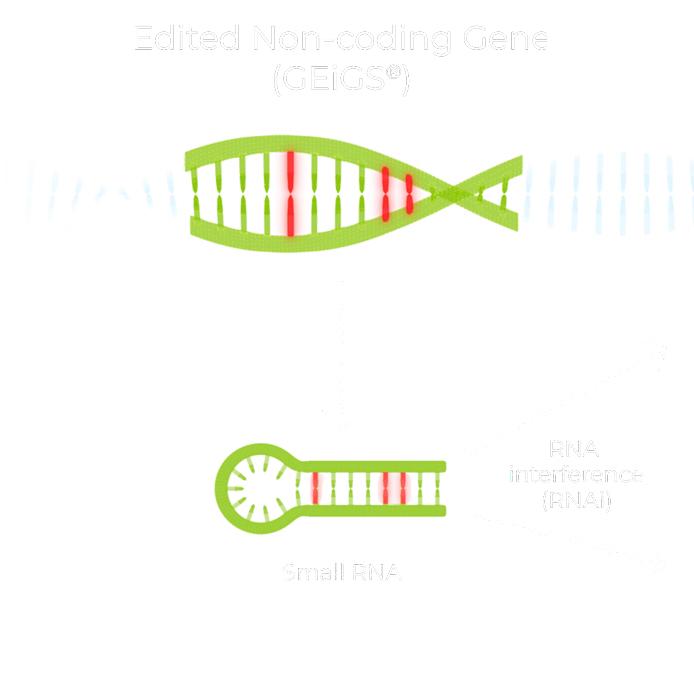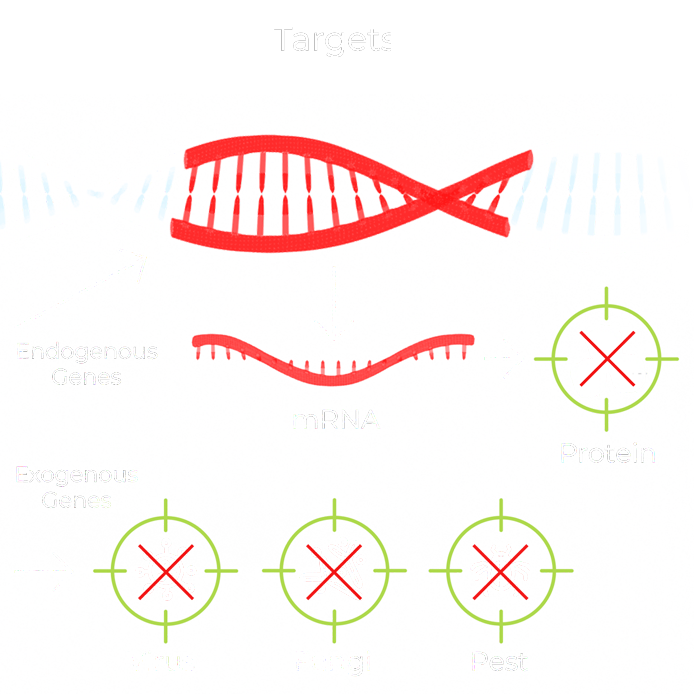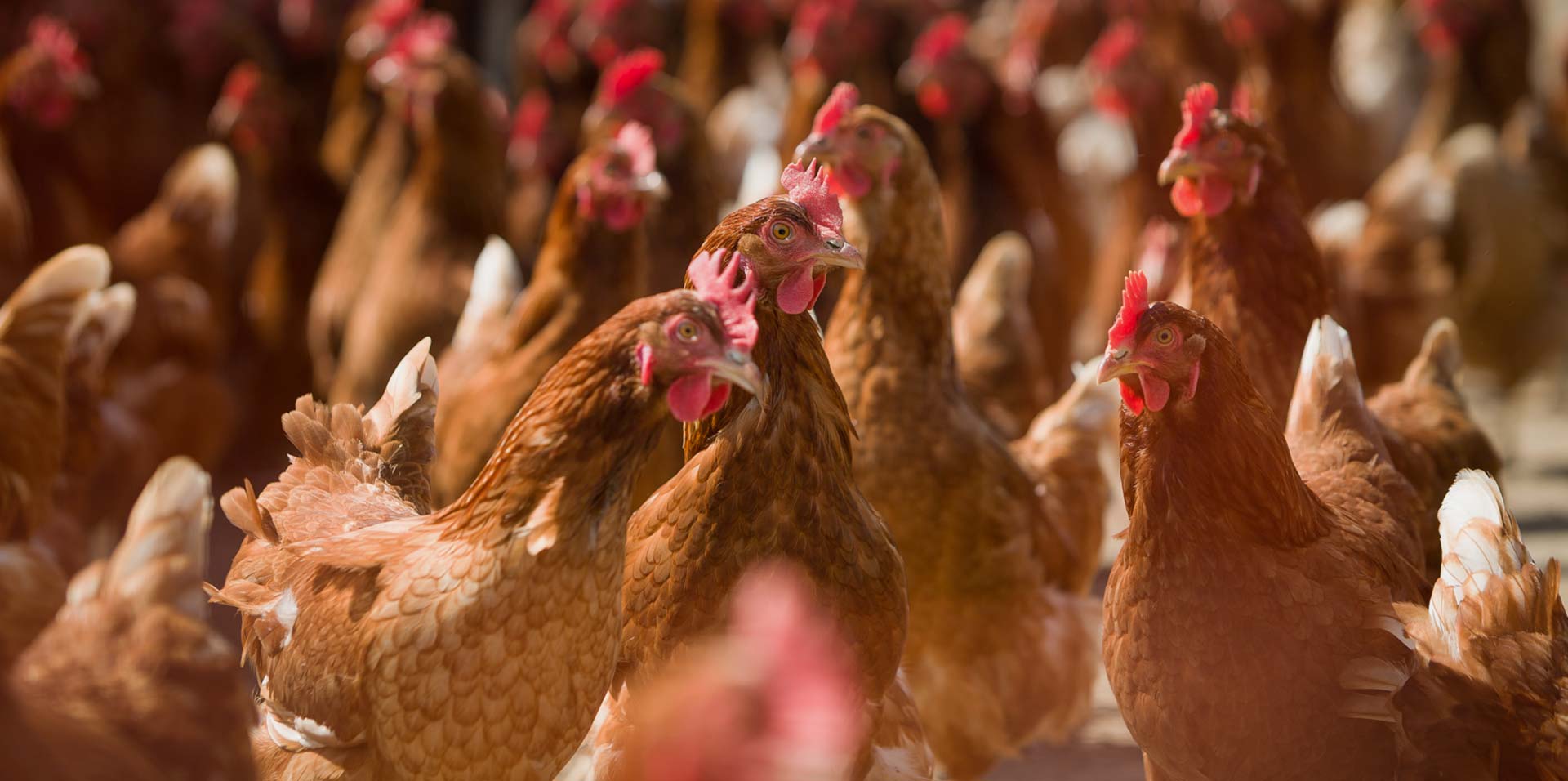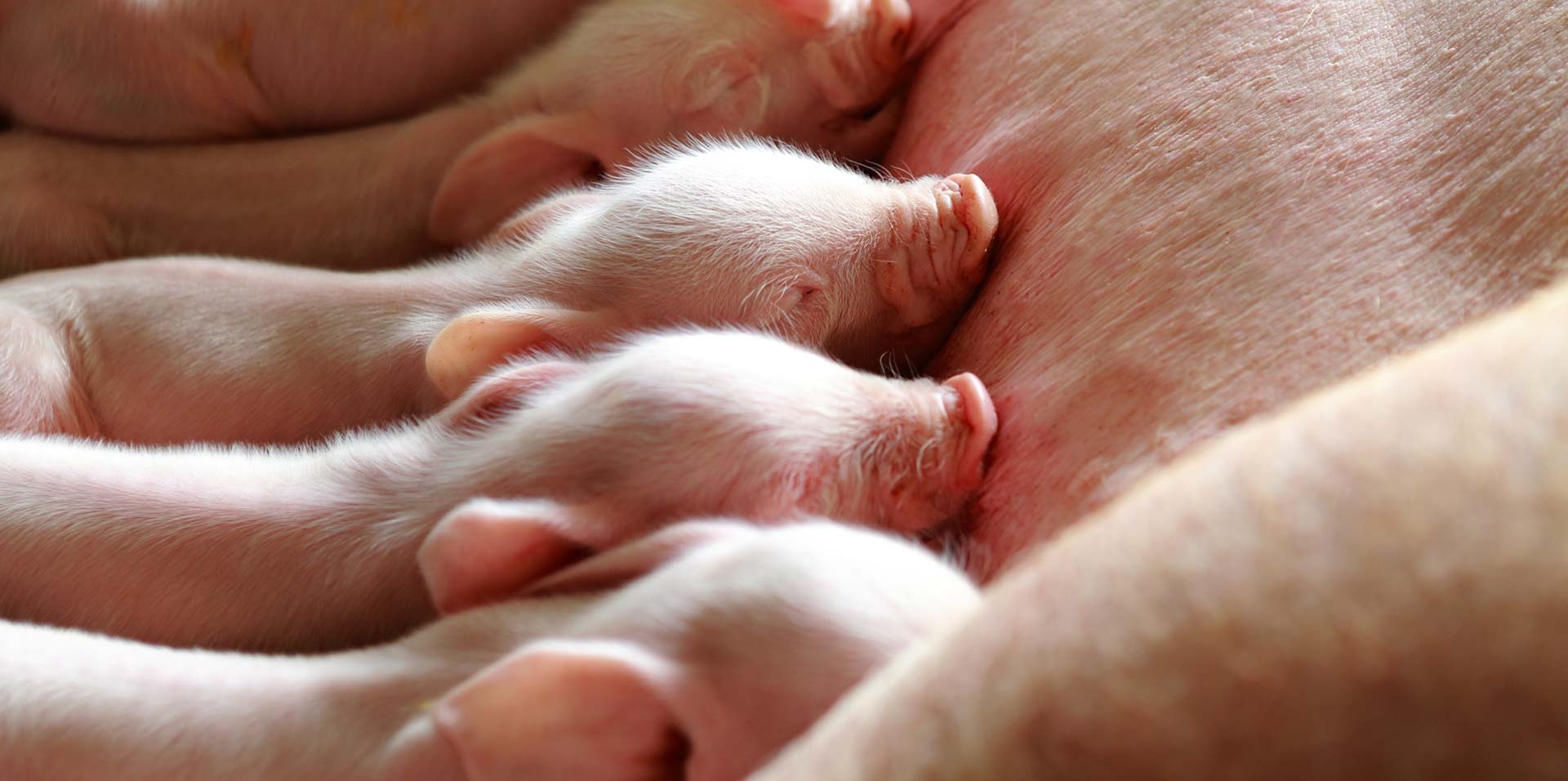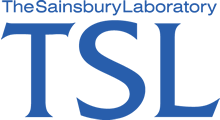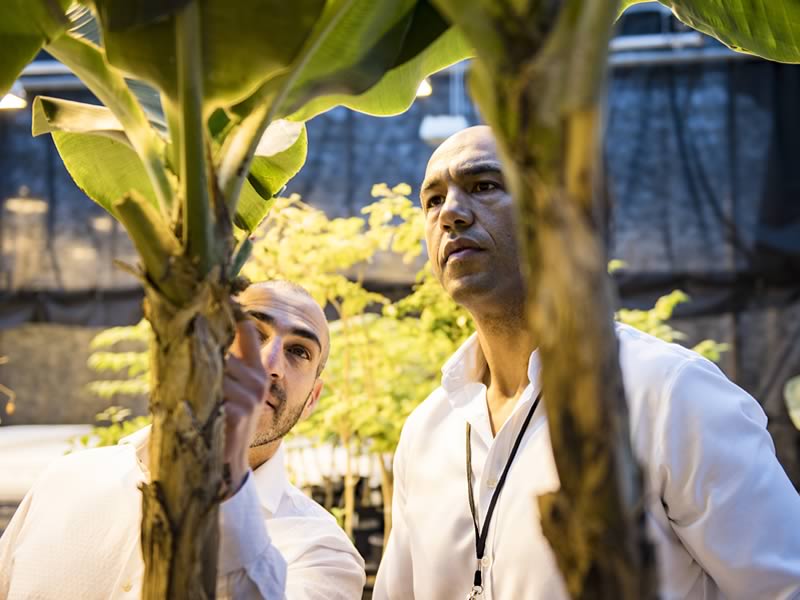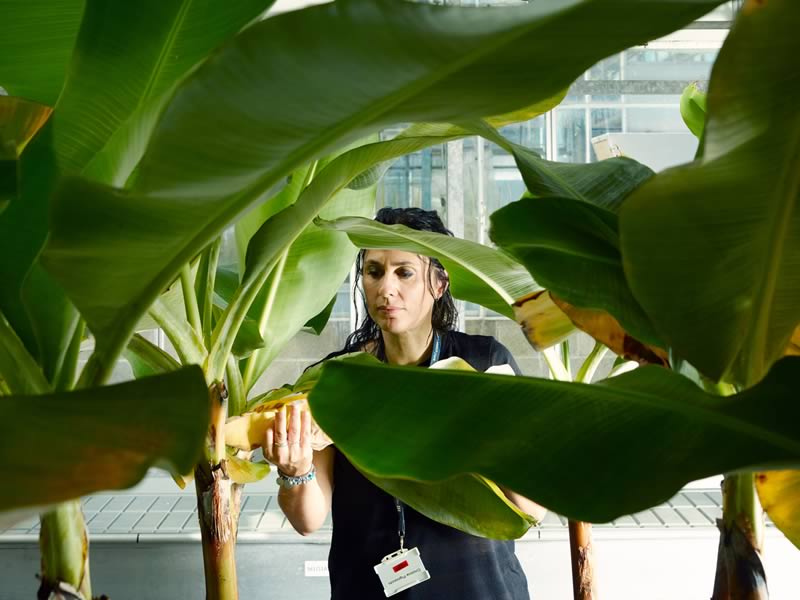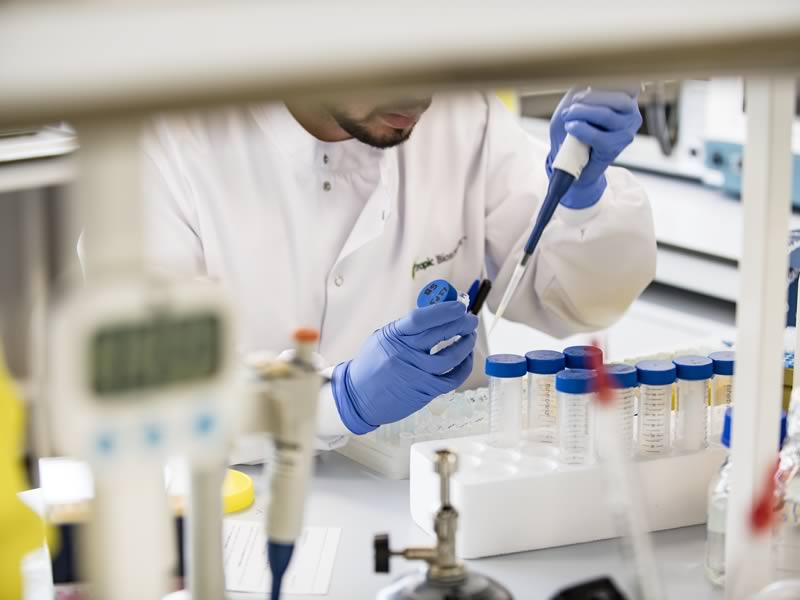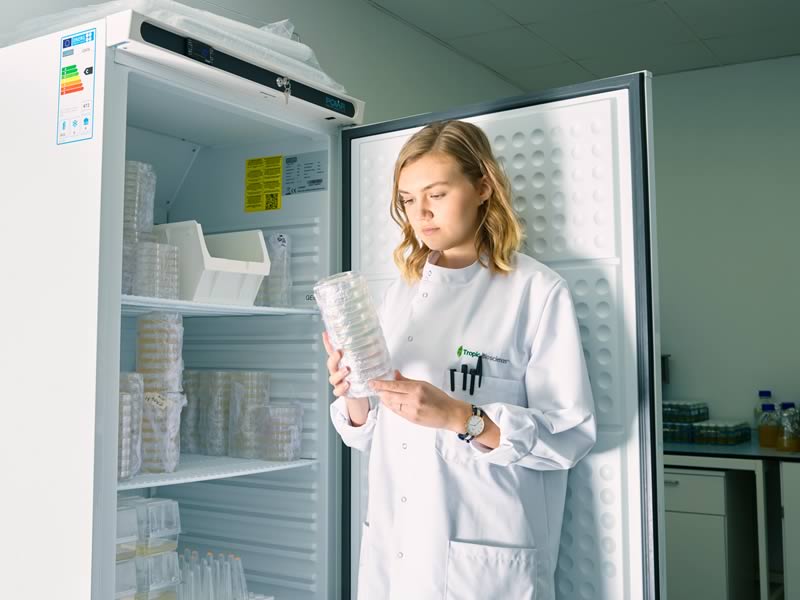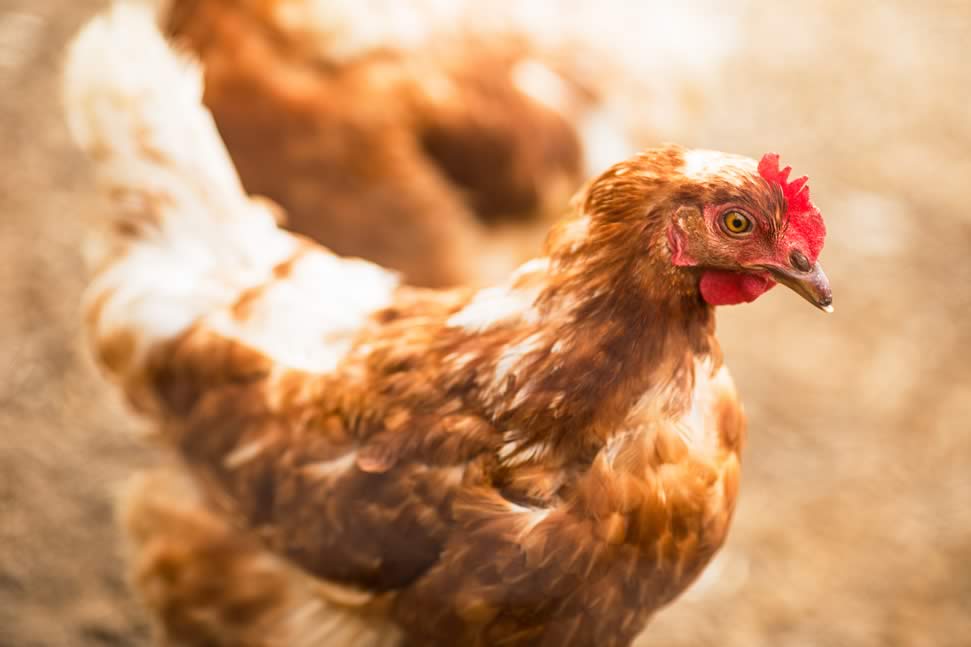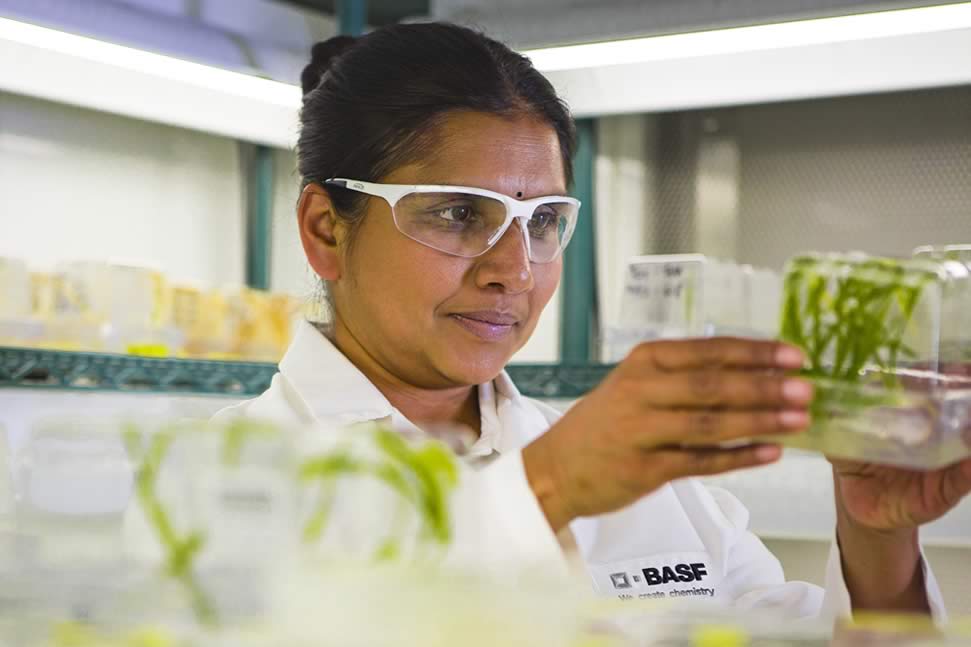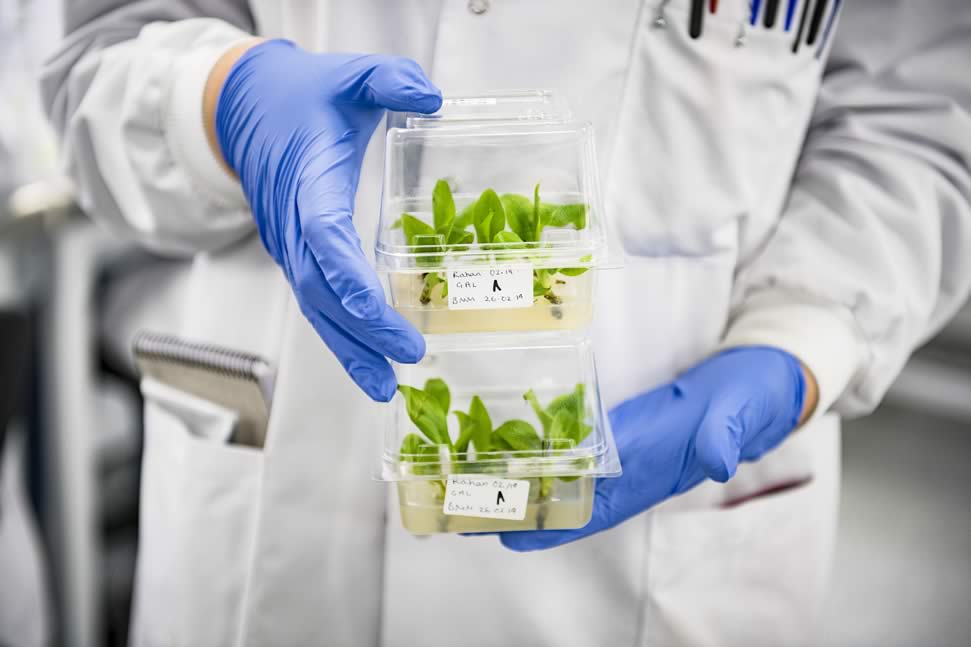Why was GEiGS® developed?
-
Tropic developed GEiGS® to support its own internal product development pipelines, for example in order to produce lines of banana that are resistant to Panama Disease, a devastating fungal disease that is threatening production globally.
-
Recognising the wider potential for GEiGS® beyond tropical crops, Tropic has been providing access for its use to a select group of industry clients. These collaborators are using the platform in ground-breaking applications across diverse agricultural sectors ranging from crops through to livestock and aquaculture.
How GEiGS® works
The GEiGS® platform combines benefits of both gene editing and RNA interference (RNAi) to enable the development of non-transgenic yet hereditary gene silencing applications.
In GEiGS®, instead of editing coding genes, we make minimal edits to specific non-coding genes of a host organism using available molecular tools (e.g. CRISPR, TALENs) so that the natural gene silencing machinery of the host is redirected towards selected targets.
These new gene targets can either be endogenous genes that are silenced for example in crop improvement applications, or exogenous genes belonging to pathogens or pests that are targeted for disease and pest-resistance applications.
GEiGS® targets endogenous or exogenous genes
GEiGS® design service
To facilitate the application of GEiGS®, Tropic has developed a powerful computational platform that produces effective GEiGS® designs.
This GEiGS-BioCompute platform processes input data that includes sequence information from numerous and diverse non-coding genes within the host and their corresponding expression patterns as well as sequence information derived from the target genes to be silenced. Output data comprises a series of gene editing designs that are specifically tailored according to parameters defined by the user. These parameters include the choice of nuclease that will be used to mediate the GEiGS® edits, tissue specificity of the resulting RNAi and predicted potency of silencing.

GEiGS® is compatible with CRISPR, TALENs and ZFNs
GEiGS® validation service
For many applications, selected designs can then be validated by Tropic in a cell-based assay to ensure that they are effective at silencing their corresponding target sequence. GEiGS® designs are then deployed within the host species; the specific gene edits are typically mediated through the process of Homology Directed Repair (HDR).
Host organisms that contain the desired edits are then tested to confirm that they display the newly gained RNAi phenotype, silencing target genes as expected.
From product definition to design implementation in weeks
Trait
Definition
Specify the host and target e.g. Banana – Panama Disease
GEiGS-BioCompute: Platform Process
Data
Inputs
Annotated host genome and target gene sequence
Automated
Design
Advanced bioinformatics pipeline
Filtration of
Optimal Designs
e.g. Minimal base pair changes, tissue specificity
Duration: 8 – 10 weeks per trait
Implementation
in Host
Optimal designs supplied to client for implementation

